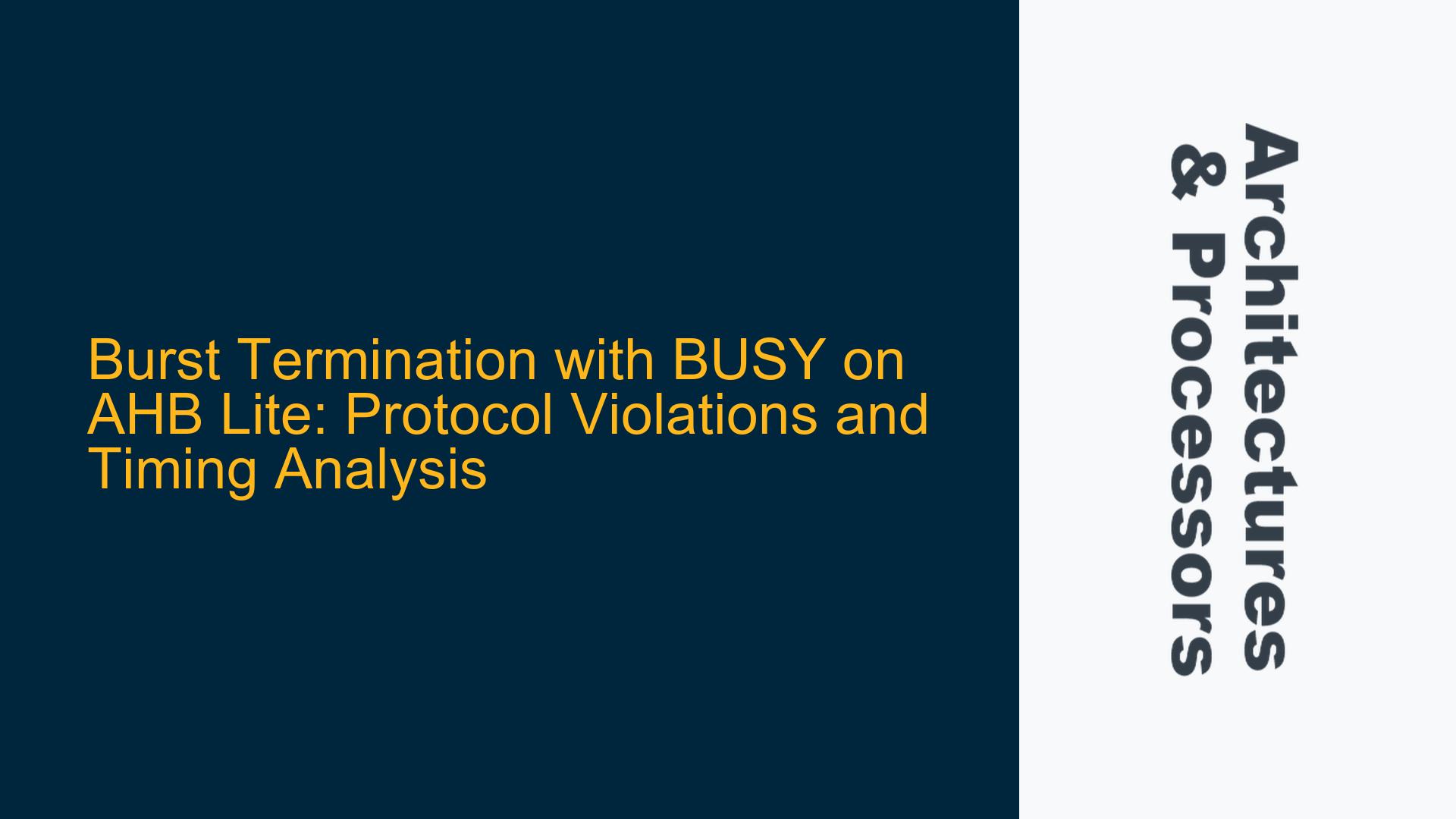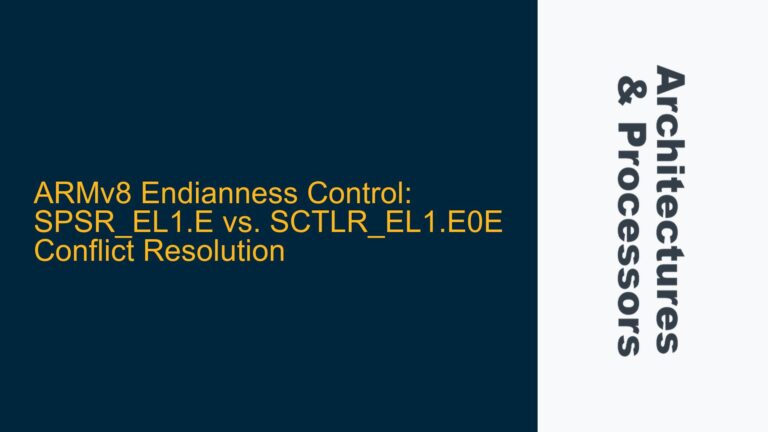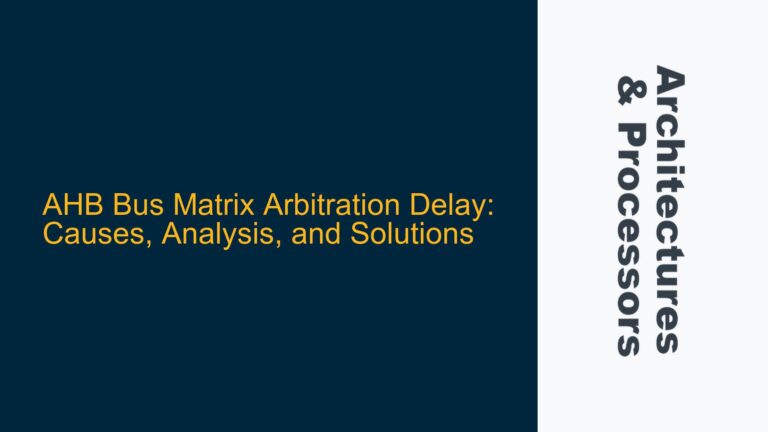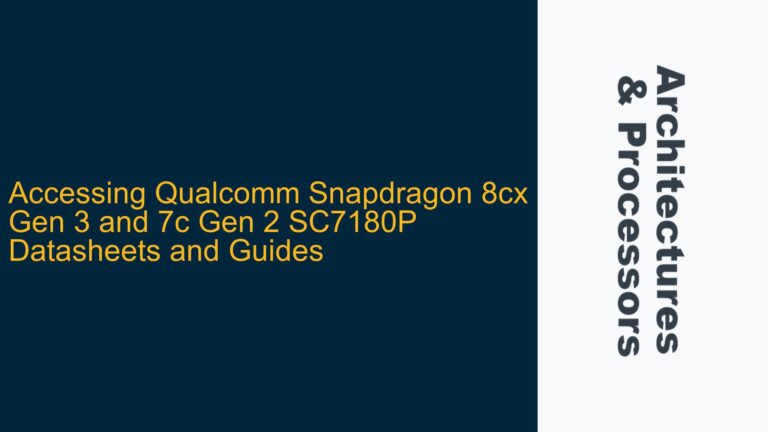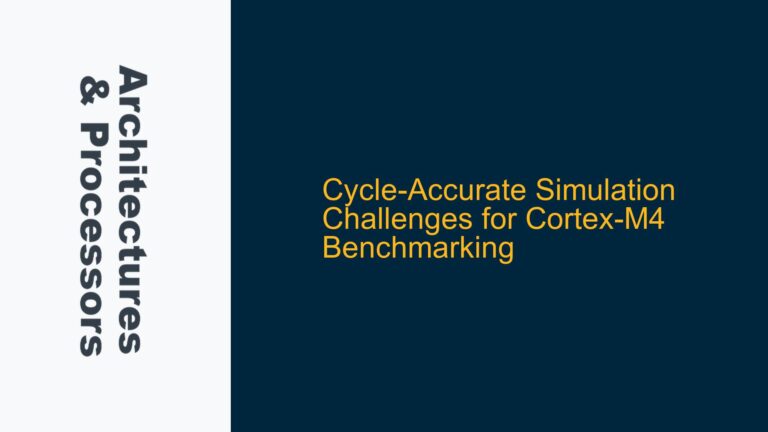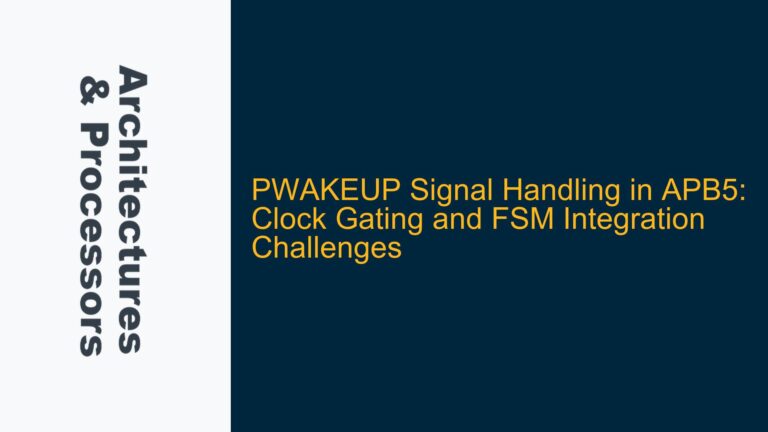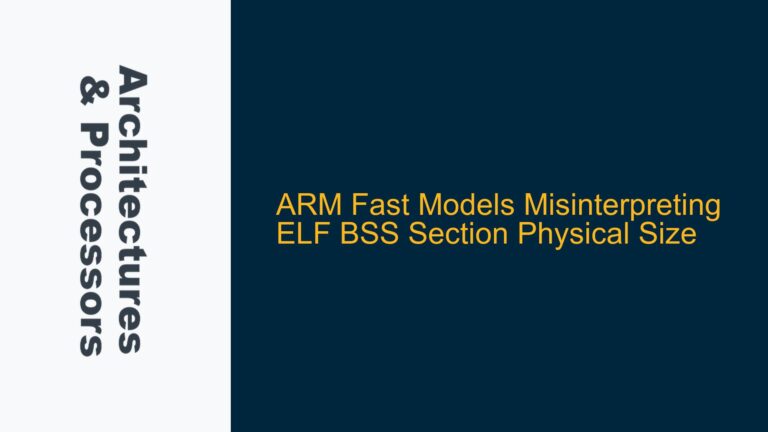Undefined Length Burst Termination and BUSY Signal Behavior in AHB Lite
In the context of ARM AHB Lite protocol, the use of undefined length bursts and BUSY signal behavior can lead to intricate timing and protocol compliance issues. The primary concern revolves around the correct interpretation of address and data phases during burst termination with BUSY signals. Specifically, the waveform provided in the discussion highlights a scenario where the master initiates an undefined length burst and terminates it using the BUSY signal. The key questions raised pertain to the address phase duration during BUSY cycles and whether the slave can extend the data phase by driving HREADYOUT low.
The AHB Lite protocol defines BUSY transfers as a mechanism for the master to insert wait states within a burst without changing the address. This allows the master to pause the transfer temporarily while maintaining the burst sequence. However, the protocol imposes strict rules on how slaves must respond during BUSY transfers, particularly in the data phase. Misinterpretation of these rules can lead to protocol violations, as seen in the waveform where the slave attempts to extend the data phase during a BUSY transfer.
Understanding the precise timing of address and data phases during BUSY transfers is critical for ensuring protocol compliance. The address phase ends when HREADY is sampled high by the master, and the data phase must adhere to specific response requirements from the slave. Any deviation from these requirements can result in functional failures or performance degradation in the system.
Address Phase Ambiguity and Slave Response Constraints
The first issue centers around the ambiguity of the address phase during BUSY transfers. In the waveform, the period between T5 and T6 is identified as the second BUSY transfer address phase, with T4-T5 being the first BUSY address phase. According to the AHB Lite protocol, an address phase concludes when HREADY is sampled high by the master. Therefore, T5 marks the end of the first BUSY address phase, and T6 marks the end of the second BUSY address phase.
During BUSY transfers, the address phase is critical because it determines when the master can proceed to the next transfer. If the slave incorrectly interprets the address phase duration, it can lead to misaligned transactions or protocol violations. In this case, the waveform suggests that the slave may still be in the address phase during T5-T6, which is inconsistent with the protocol’s definition of address phase termination.
The second issue involves the slave’s ability to extend the data phase by driving HREADYOUT low during BUSY transfers. The AHB Lite protocol explicitly states that the slave must provide a zero-wait OKAY response during the data phase of a BUSY transfer. This means that the slave cannot insert wait states or extend the data phase when the master is driving BUSY. The waveform shows the slave attempting to extend the data phase during T6-T7, which constitutes a protocol violation.
The rationale behind this constraint is that BUSY transfers do not require the slave to perform any data transfer. Therefore, the slave should not need additional time to complete the data phase. Allowing the slave to extend the data phase during BUSY transfers would undermine the purpose of the BUSY signal, which is to provide the master with a mechanism to pause the burst without affecting the slave’s operation.
Correcting Protocol Violations and Ensuring Compliance
To address the protocol violations identified in the waveform, it is essential to implement corrective measures that align with the AHB Lite protocol specifications. The first step is to ensure that the address phase is correctly interpreted by both the master and the slave. The address phase must end when HREADY is sampled high by the master, and this timing must be strictly adhered to in the design.
For the data phase, the slave must be configured to provide a zero-wait OKAY response during BUSY transfers. This requires modifying the slave’s control logic to prevent it from driving HREADYOUT low during BUSY data phases. Additionally, the slave should be designed to handle BUSY transfers without requiring additional wait states, as these transfers do not involve actual data transfer operations.
To verify these corrections, a comprehensive simulation and verification strategy should be employed. This includes creating test cases that specifically target BUSY transfer scenarios, with a focus on address and data phase timing. The simulation environment should be configured to monitor HREADY and HREADYOUT signals to ensure compliance with the protocol’s requirements.
Furthermore, it is advisable to review the design’s synthesis constraints and timing analysis to ensure that the corrected logic meets the system’s performance requirements. This includes verifying that the address and data phase timings do not introduce any unintended delays or bottlenecks in the system.
In conclusion, addressing the issues related to undefined length burst termination and BUSY signal behavior in AHB Lite requires a thorough understanding of the protocol’s timing and response requirements. By correctly interpreting the address phase and ensuring that the slave provides a zero-wait OKAY response during BUSY transfers, designers can avoid protocol violations and ensure the reliable operation of their ARM-based SoCs.
